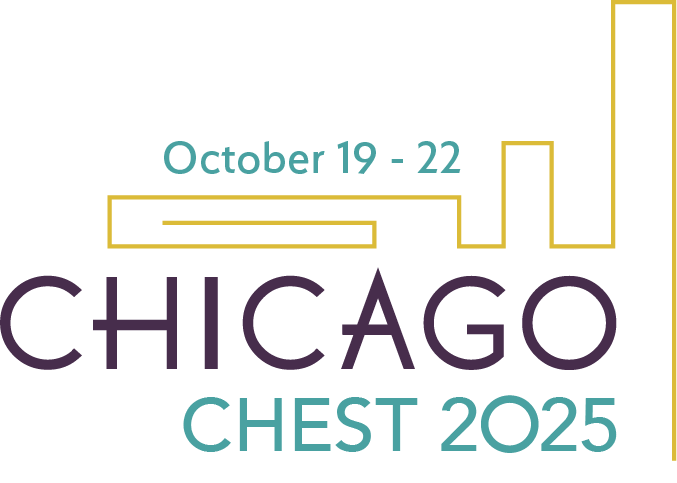
Advanced heart failure with reduced ejection fraction (HFrEF) in ACC/AHA Stage D and NYHA Class IV is associated with significant morbidity, reduced quality of life, diminished functional capacity, and high mortality. Despite optimal goal-directed medical therapy (GDMT), inotropes, preload and afterload optimization, and cardiac resynchronization therapy, some patients require temporary or durable mechanical circulatory support (MCS).
One-year survival for patients with advanced HF managed with GDMT alone ranges from 6% to 25%.1,2 Alongside palliative inotropes and heart transplantation, left ventricular assist device (LVAD) therapy can prolong survival and improve quality of life, with evidence of enhanced functional capacity. Recent trials show two-year survival rates exceeding 80%, approaching early post-transplant outcomes, making LVAD implantation an established alternative for select patients.
Patient selection is critical. LVAD candidates typically have severe, refractory Stage D HFrEF (LVEF ≤ 25%), NYHA Class IIIB-IV symptoms, and persistent limitations despite GDMT, IV inotropes, and/or temporary MCS. The Interagency Registry for Mechanically Assisted Circulatory Support (INTERMACS) profile (levels 1–7) provides a standardized tool to stratify risk, predict outcomes, and guide timing.3 Preoperative echocardiography is essential to identify structural or functional abnormalities such as significant right ventricular dysfunction or severe valvular disease that may affect candidacy or surgical planning. Durable LVAD support is most effective in patients with a dilated ventricle, as smaller LV dimensions (eg, LVIDd < 5.5 cm) are linked to worse outcomes. Comorbidities that limit meaningful two-year survival such as advanced irreversible hepatic, pulmonary, or neurologic disease; malignancy; severe malnutrition or frailty; and persistent nonadherence should also be considered.
Although beneficial, durable LVAD implantation can lead to various medical complications. A multidisciplinary approach and thorough patient education are essential. Potential complications include perioperative bleeding, device thrombosis, driveline infections, hemolysis, right ventricular failure, and neurologic events, all of which can negatively affect prognosis. Technological advances, particularly with the HeartMate 3 (HM3)—currently the only durable LVAD for adults approved by the US Food and Drug Administration—have reduced complication rates. The Thoratec Corporation MOMENTUM 3, Multi-center Study of MagLev Technology in Patients Undergoing MCS Therapy With HeartMate 3™ IDE Clinical Study Protocol (MOMENTUM 3) trial demonstrated improved survival with HM3, attributed to fewer hemocompatibility-related events and near elimination of pump thrombosis compared with older axial-flow devices.
Long-term LVAD use brings significant physical, psychological, and social implications. Patients must adapt to living with an external device and lifestyle restrictions. Many require hospitalization within the first year post-implant. Depression, anxiety, and fear of complications or death are common. Financial burden from device maintenance, medications, and follow-up care can be substantial.4 These factors underscore the necessity for stringent candidate selection to identify individuals most likely to derive substantive benefit from LVAD therapy, accompanied by comprehensive, patient-specific discussions to define the anticipated clinical course, establish individualized and realistic outcome expectations, and ensure alignment with the patient’s values and quality-of-life objectives.
References
1. Rose EA, Gelijns AC, Moskowitz AJ, et al. Long-term use of a left ventricular assist device for end-stage heart failure. N Engl J Med. 2001;345(20):1435-1443. doi:10.1056/NEJMoa012175
2. Rogers JG, Butler J, Lansman SL, et al. Chronic mechanical circulatory support for inotrope-dependent heart failure patients who are not transplant candidates: results of the INTrEPID Trial. J Am Coll Cardiol. 2007;50(8):741-747. doi:10.1016/j.jacc.2007.03.058
3. Rihal CS, Naidu SS, Givertz MM, et al. 2015 SCAI/ACC/HFSA/STS Clinical Expert Consensus Statement on the use of percutaneous mechanical circulatory support devices in cardiovascular care: Endorsed by the American Heart Association, the Cardiological Society of India, and Sociedad Latino Americana de Cardiologia Intervencion; Affirmation of Value by the Canadian Association of Interventional Cardiology-Association Canadienne de Cardiologie d’intervention. J Am Coll Cardiol. 2015;65(19):e7-e26. doi:10.1016/j.jacc.2015.03.036
4. Shah SM, Saleem H, Govindasamy V, et al. Impact of left ventricular assist devices on the quality of life and functional outcomes in advanced heart failure: a comprehensive review. Cureus. 2025;17(7):e88527. doi:10.7759/cureus.88527
